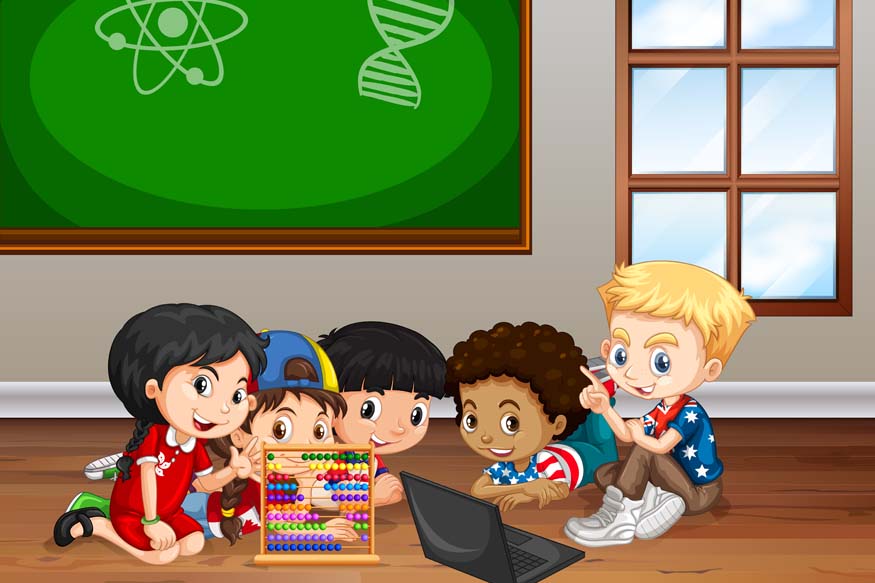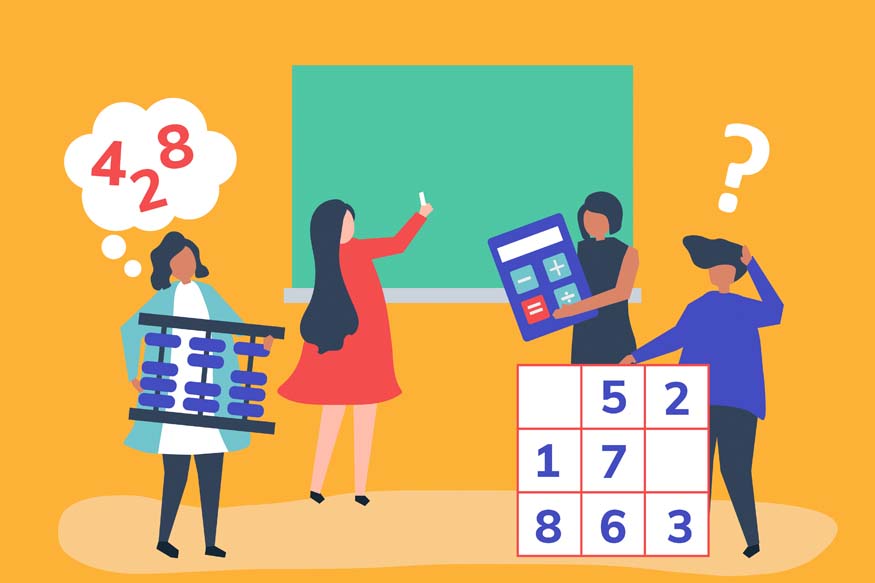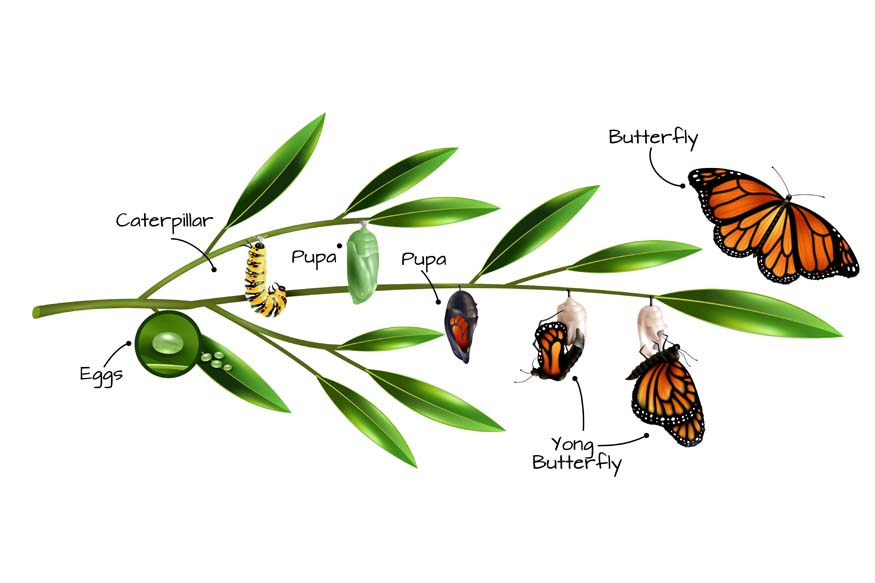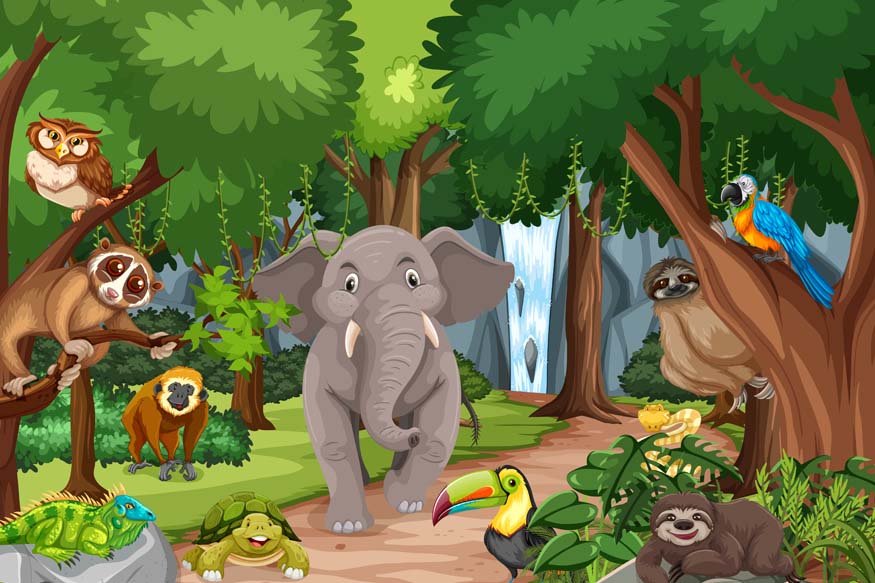Game-based learning is a teaching approach that combines education with gameplay. In this approach, both students and teachers engage in games that help clarify and illustrate various subjects and ideas. The goal of game-based education is to enable students to use the skills they learn while playing in real-world situations. In the classroom, game-based learning creates a safe space for children to make mistakes, take risks, practice behaviours, and see the results of their decisions without facing real-life dangers.
It is usually believed that game-based learning and gamification are the same, but they are fundamentally different. Gamification involves adding game elements, like points, achievement badges, and rankings, to regular classroom activities, rather than being a learning method itself. On the other hand, game-based learning includes activities or games that are meant to be the main way of learning. For example, kids can learn Spanish vocabulary by playing a modified version of Bingo.
Benefits of game-based learning
- Enhances problem-solving skills
- Strengthens critical thinking skills
- Promotes student participation
- Encourages learning motivation
Game-based learning or fun learning often involves players facing various challenges to achieve victory. Finishing these tasks faster than others can be a goal or a way to earn extra points. Using games in the classroom helps kids improve their logical thinking and find solutions quickly. This means fun-based learning trains children to handle problems and think of answers swiftly.
Most subjects rely on critical thinking, requiring students to analyse and generate ideas. A fun-based learning approach combines educational goals with gameplay, encouraging students to develop critical thinking skills. This method focuses on understanding and creating concepts instead of just memorising information.
Getting students involved in classroom activities can be challenging for teachers. Capturing a child’s attention is tough, and keeping a group of kids interested in lessons is even harder. The subjects might seem unimportant to them, or they may not want to spend time reading textbooks and listening to lectures. Using games in the classroom can help spark interest in science or any subject. Games serve as great icebreakers, especially for shy children. When students play games related to their lessons, they stay engaged and can better understand the material.
In game-based learning, teachers often encourage students to review what they have learned to help them remember it. However, many students find studying dull and tend to procrastinate. Game-based learning can make science enjoyable and easier to grasp. Some games require knowledge of the subject to advance or beat opponents. This taps into kids’ competitive nature and motivates them to study their lessons to succeed in the games.
Types of game-based learning
- Board games
- Real-life games
- Digital games

Several types of board games can fit different numbers of players, ages, skills, and learning goals. Board games can capture the interest of children from toddlers to high schoolers. For instance, puzzles help kids notice small details, use trial and error, and see the bigger picture. Puzzles are available for all age groups. Similarly, chess is a game that enhances strategic thinking in children. It is both educational and exciting. Card games also contribute to math skills by fostering strategic thinking and the ability to weigh multiple factors at once.
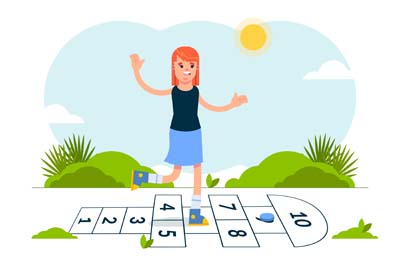
We often see young children pretending to be adults, like doctors, builders, or chefs. These role-playing games help kids prepare for real life. They learn how to respond to the adult world, interact with others, and handle challenges. When they encounter real situations later, they can use what they practised during play. Word games are also crucial for learning, as they help expand vocabulary, introduce new phrases, and encourage quick thinking.
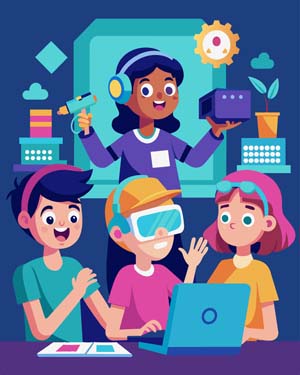
The world is changing, and technology is advancing every day. Digital games are a key part of this change. They create a new world where players can connect with others worldwide and experience different life scenarios. Many simple games help children experiment and learn about various concepts like colours, physics, math, and critical thinking. With endless possibilities in this virtual space, kids can gain valuable knowledge.
Learning through fun and games is a strong method that can significantly improve a child’s thinking and social skills. When play is part of learning, kids are more likely to connect with the lessons, remember what they learn, and build critical thinking abilities. Games create an active space where children can try to solve problems and learn from their errors without pressure. This way of learning not only makes it fun but also encourages a passion for learning throughout life.
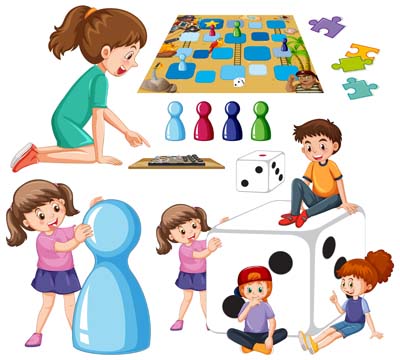
At Center Point School, we understand the advantages of adding fun and games to our lessons. Our teachers work hard to create a lively and engaging learning space that sparks curiosity and creativity. By using game-based learning techniques, we strive to make education a joyful and rewarding journey for our students. This approach helps develop important skills like teamwork, communication, and resilience, which are vital for success today.

